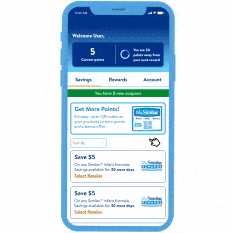Whether this is your first or fourth child, a new baby is always exciting. And when you have a premature baby—one born more than 3 weeks early—you can expect to have more questions about infant development than parents of a full-term infant.
Keep this in mind: each baby (your preemie included) will develop at their own speed and in their own way. Milestones of growth are reached at each baby’s own pace. Since your preemie may have a bit more catching up to do, this may leave you wanting answers to questions not all parents think about.







